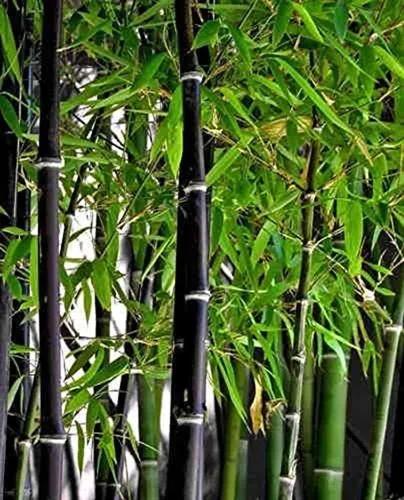The American chestnut is a large, monoecious deciduous tree of the beech family native to eastern North America. Species plants should not be planted as ornamentals due to susceptibility to blight.
American chestnut Care
Castanea dentata



Castanea dentata, commonly called American chesnut, was once a major component of the Eastern hardwood forest. It is almost extinct in the wild now, having succumbed to chestnut blight, a bark fungal disease that probably entered the U.S. in a shipment of nursery stock from Japan in the late 1890s. American chestnut now persists mostly in the form of sprouts from old stumps and root systems. Typically the sprouts grow up and possibly flower and fruit for several years before dying back from the blight. Before blight introduction, mature trees typically reached 50-75’ (occasionally to 100’) tall with globular spreading crowns. Oblong-lanceolate, toothed, dull green leaves (6-10” long) turn shades of yellow in fall. Aromatic creamy yellow-white male flowers are densely clustered in slender catkins (4-8” long). Female flowers appear in smaller inconspicuous catkins. Blooms in June. Small nuts (hazel nut size) are sweet and edible, and are encased in spiny burrs (2-3” diameter).
How to Care for the Plant

Popularity

149 people already have this plant 18 people have added this plant to their wishlists
Discover more plants with the list below
Popular articles






